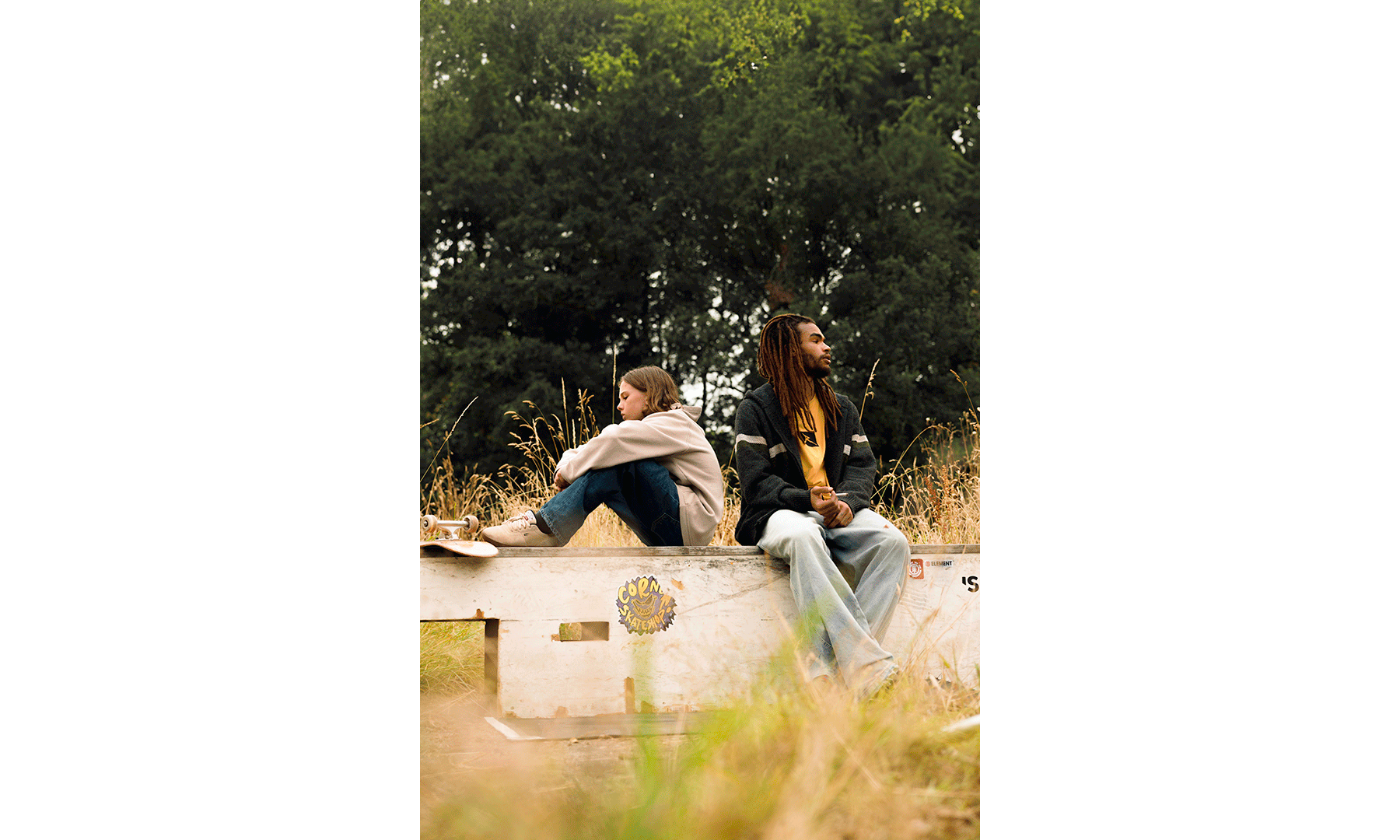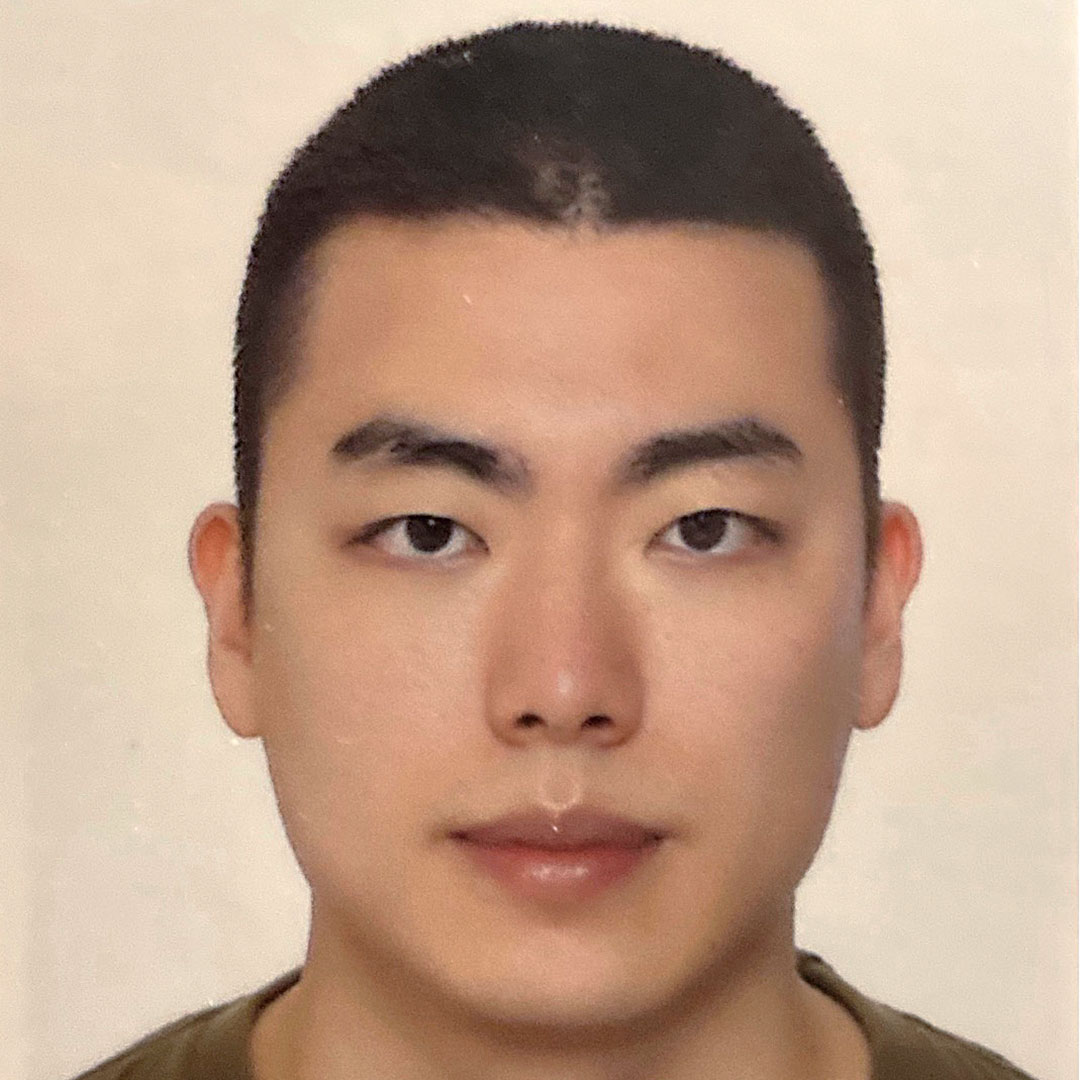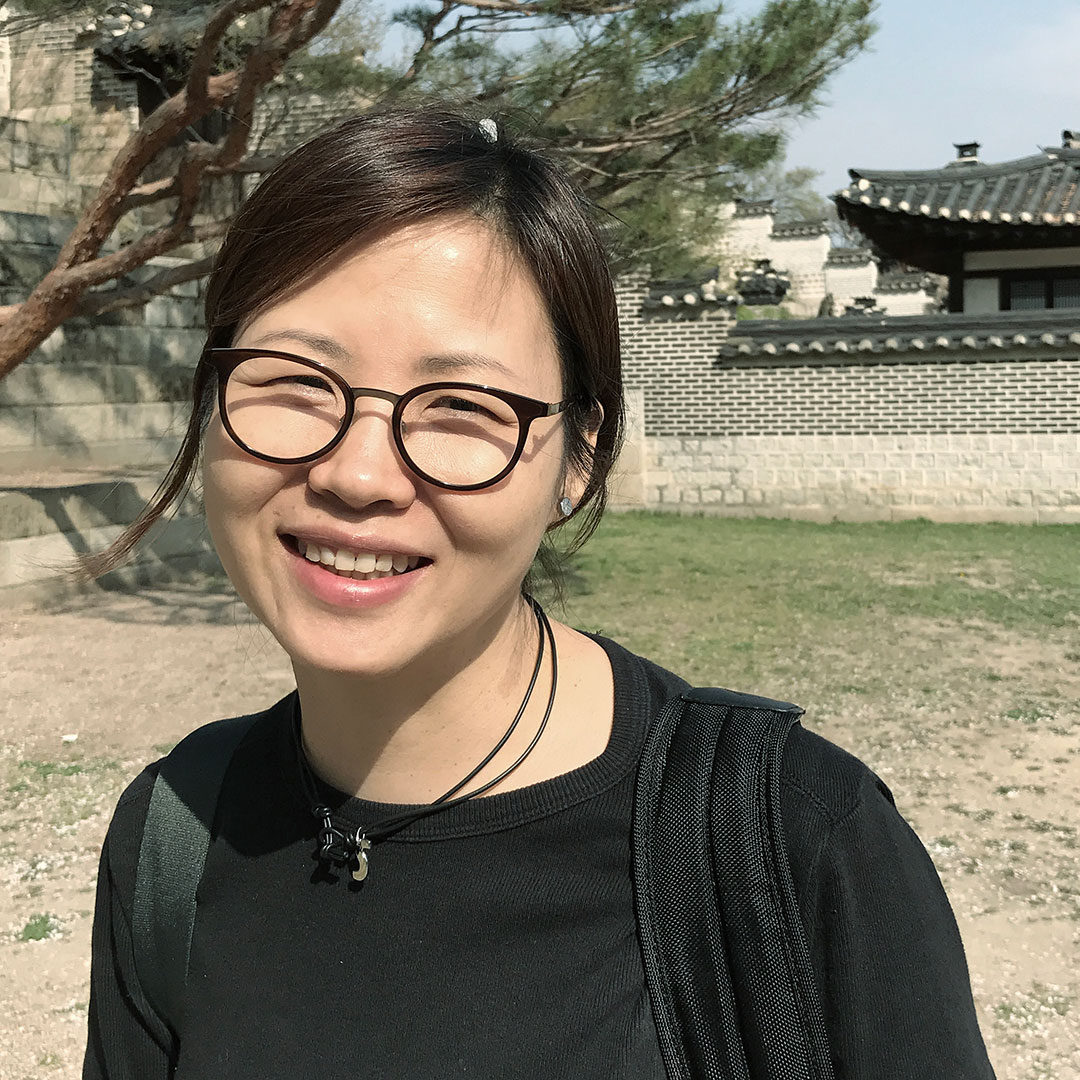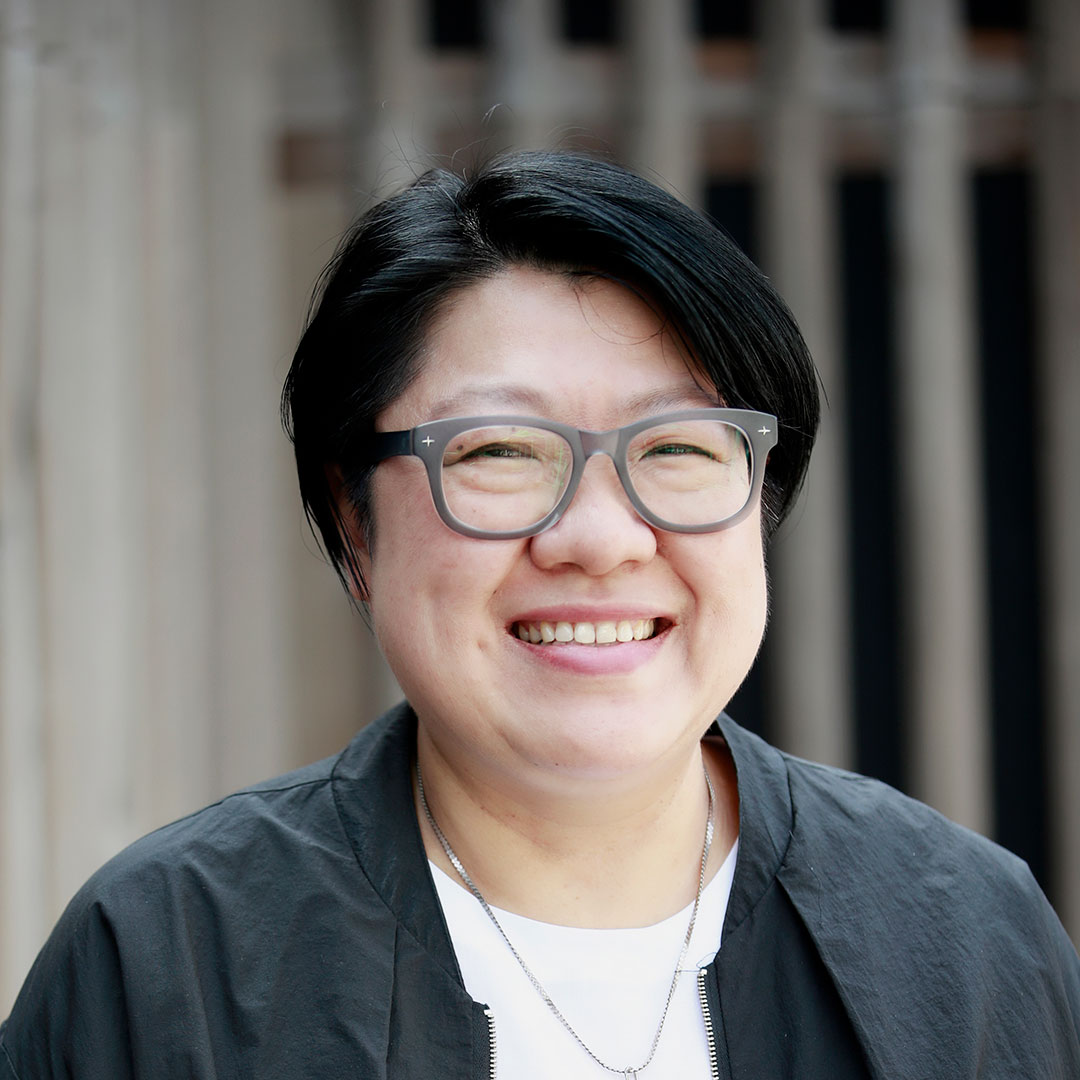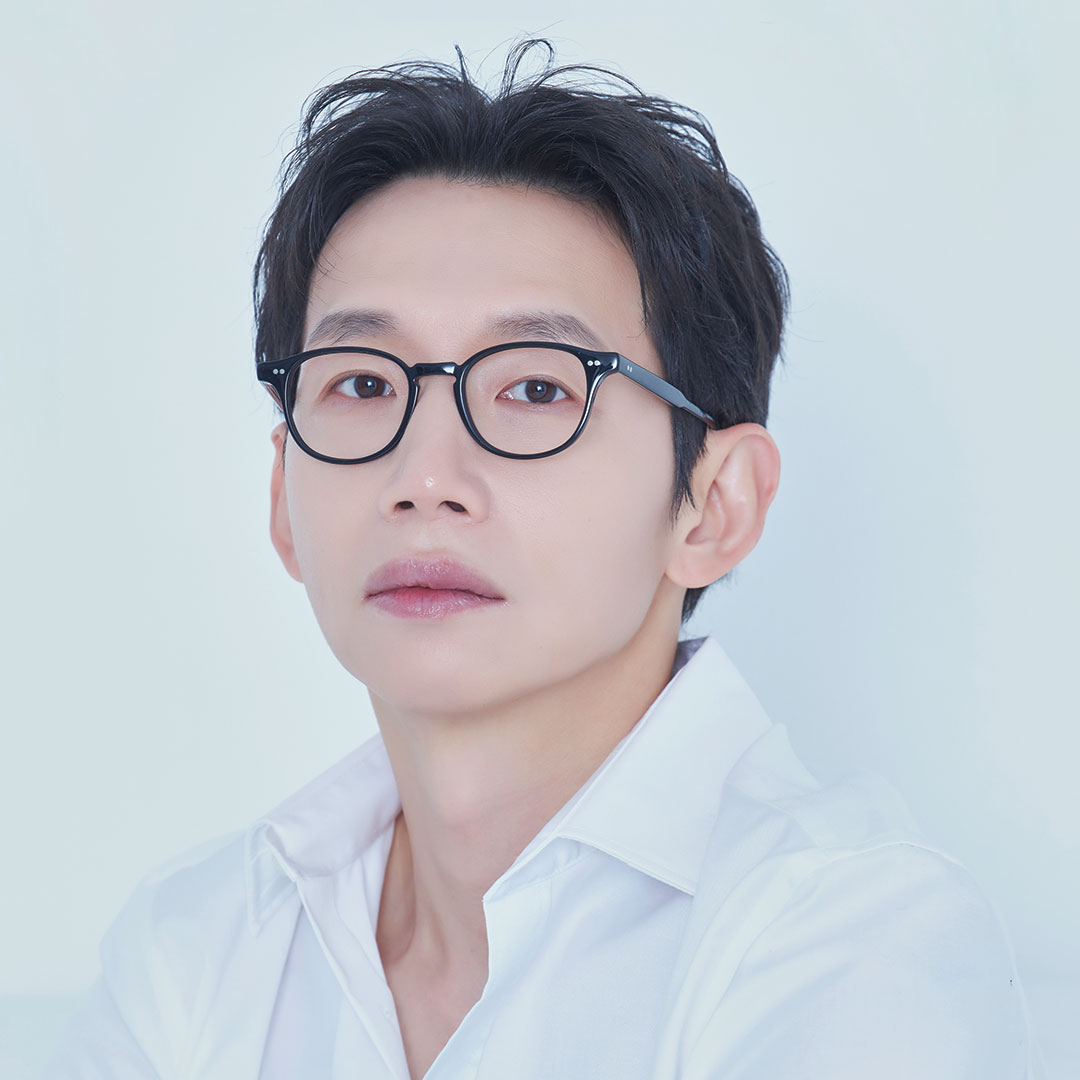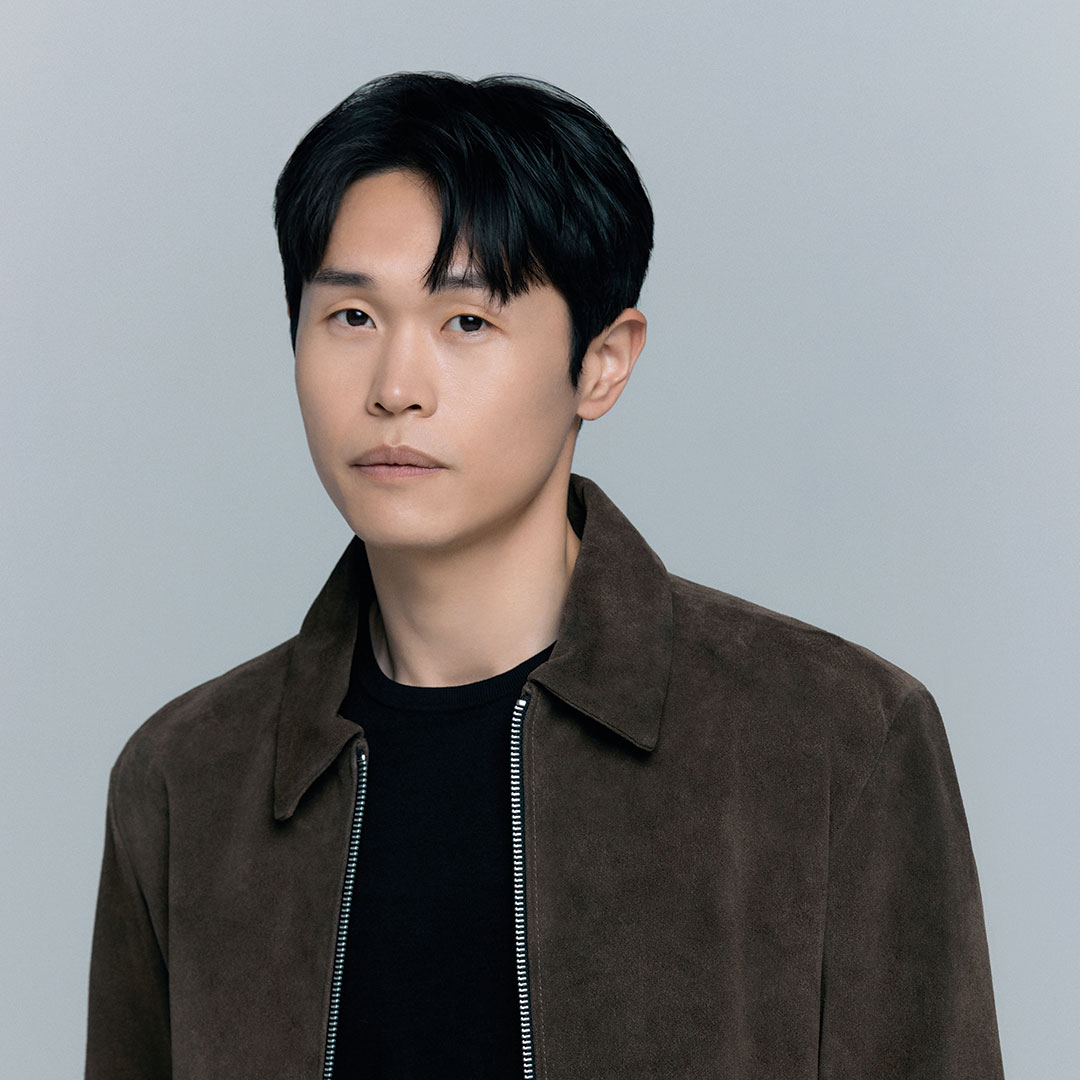감독 앙투안 베스 Antoine BESSE | France | 2024 | 102min | Fiction | 국제경쟁 International Competition
I understand that Ollie reflects experiences from your own childhood that relate to skateboarding. Could you talk a bit about the specific experiences and what kind of story you hoped to create through them?
I grew up between tarmac and waves, with skateboarding and surfing. On the Landes coast, it was a natural thing to do: we’d get out of school and head for the water or the local skatepark. Then my parents moved away and there was no more ocean. Just concrete, all over the place. This frustration soon became a revelation: I reinvented rural landscapes the way you reinvent a playground. Every bit of tarmac became a potential spot. When I was fourteen, I saw Kids (1995) by Larry Clark. It was a slap in the face. I’d grown up without much cinema at home, and there I was, faced with something raw, auteurist, lively and deeply shocking in the skate culture of New York in the early 90s. In 2014, I made my first short film, a rural skate film le skate moderne. I had dressed the skateboarders as peasants from the last century to question what happened to urban cultures once they were transplanted to the countryside. That’s when I realised that there was a real story to be explored, and I went on to win several selections and awards around the world. But the turning point came when Béranger died in 2020. And it became clear that we had to tell the story.
The title Ollie refers to one of the most basic skateboarding tricks, where you leap into the air with the board. I’m curious about your reasons for choosing that as your title and what you wanted to express through it.
When I started writing the film, I was accompanied by an artistic producer who had a very clear vision of the film. We spent a long time looking for the right title. I’ve always liked one-word titles. Ollie came quite naturally. It’s the first trick you learn in skateboarding, the one that marks the beginning of everything. It tells the story of both Pierre and Bertrand, of their shared journey.
In your film, the central characters of Pierre and Bertrand share several similarities. In a sense, they seem like mirror images of each other. How did you conceive the relationship between Pierre and Bertrand, and what did you want the audience to see in that relationship?
For me, Pierre and Bertrand are mirror images. Two solitudes responding to each other. One is a child in an adult body, damaged, stuck, as if the years had only left their weight – addictions, regrets. Pierre is a child, but with an adult outlook: fair, modest, lucid. What binds them together is grief. That’s where the figure of the white dog comes in, which only they can see. He is the metaphor for this shared loss. What interested me in their relationship was this forbidden relationship. The big brother you’re not allowed to see, the outsider, the ‘bad influence, bad company’. And yet, at a key age like adolescence, these figures can be fundamental. With Bertrand, I wanted to break the cliché. To show that behind the disturbing silhouette of the punk, there is a profoundly human being. He’s not a deviant, he’s a wounded man. Like Pierre, he is paralysed by grief. And they both find a common language in skateboarding.
Overall, your film has a strongly realistic quality, but there are also times when you use elements that are more mythical and fantastical. In particular, there are many fantasy elements in some of the scenes involving Bertrand. Did you have any specific reason for presenting it in that way?
I grew up surrounded by a certain kind of surrealist or fantastic cinema. Filmmakers like Apichatpong Weerasethakul, Jean-Claude Brisseau and Buñuel left their mark on me with their mythological evocations. I don’t claim that my film is directly inspired by them, but it is influenced by them. Bertrand, for example, is not just a man but a mythological figure. The first time we see him, he disappears. Like a magician or an angel. This scene is also a reference to Matthew McConaughey’s apparition scene in Mud (2012), where he appears and disappears in the same way.
The film does an excellent job of reflecting teenagers’ culture in connection with things like skateboarding, motorcycles, and social networks. Is it correct to say that one of the film’s aims was to use the cinematic medium to explore contemporary youth cultures and subcultures?
Yes, the film explores the cultures and sub-cultures of young people today. But the main thing for me was to speak to them. Because young people go to the cinema less and less – and I think that’s also because the cinema is less and less addressing them. Above all, I’m talking to young people in rural areas. The ones we never show. The ones who feel forgotten and neglected. To remind them that they matter. That they too have the right to exist in the field of art, culture and cinema.
The juxtaposition of skateboarding with pastoral rural landscapes seems strange yet also somehow familiar. Did you have in mind a sort of harmony between the natural elements of the countryside and the more contemporary elements associated with skateboarding? If so, were there any aspects you focused on in particular to blend those different elements?
I grew up with this type of skateboard. With a field in the background, some cows in the distance, chickens running across, bumps in the earth and bits of concrete like islands. Today, as concrete overflows and nature declines, I wanted to rediscover that feeling. That’s why I wanted to break away from the classic image of skateboarding. I wanted to film it differently. I used long-focus still shots, sometimes in slow motion, and my old mini dv camera with fisheye lens, as I did when I was a teenager, to combine raw movement and elegance. Because skateboarding is a mentality. A refusal. A rebellious gesture against a world that doesn’t understand its youth. And whether you’re skateboarding in a field or at the foot of a high-rise building, that never changes.
In the film, the use of a barn as a place for practicing skateboarding skills comes across as quite striking. Where did you get the idea for the barn, and are the structures that appear in that space things that were created for the film?
The funny thing is that this barn comes from a real place. A mythical barn. It belonged to Tom Penny, the legendary British skateboarder. His mother had moved to Dordogne, and he had built a mini in the old barn, with a fridge on top – just like in the film. When I released Le Skate Moderne (which also featured a converted barn), I received messages from skateboarders all over France saying, ‘I’ve built a park in my barn too’. This barn is a bit of a tribute to whole generations of skateboarders who built their own spots with what they had, far from the cities. The place in the film is a combination: a bit of Tom Penny’s real barn as seen in Flip Sorry, a bit of hundreds of other barns in France, and a lot of fiction.
All the main characters in the film are quite proficient at skateboarding. I’m curious whether you deliberately selected actors with expertise in skateboarding when you were doing the casting.
In skate culture, you don’t cheat. It’s a strict community, hard sometimes, especially when you try to appropriate its codes without having lived them. For this film, it was clear from the start: there was to be no stand-in. For the film, we needed real skateboarders, and we spent several months looking all over France to form a crew. The only exception was Théo Christine. He had a good level and was really involved, but to play Bertrand – a former local skate legend – we needed a more radical level.
The film has quite a few scenes of skateboarding. Were there any difficulties with this during filming?
We were lucky. Really lucky. Because skateboarding’s worst enemy is the rain. And all the skateboarding scenes we had to shoot, we did in good weather. And above all, nobody got hurt. Which would have been one of the worst possible scenarios. But everyone was at an excellent level, with a real awareness of risk. We made sure we didn’t put too much pressure on them. And we asked them not to skate outside the shoot.
The story seriously addresses issues of death and violence that relate to the main characters’ lives, but it doesn’t appear to take a position of reaching conclusions about the causes or responsibility. Could you talk a bit about why you adopted this approach?
I’ve lost loved ones who were young. Too young. I’ve seen a lot of violence around me. But I don’t think it’s my place to comment on it. My role is to show it and let everyone do what they want with it. Let the spectator take it and digest it in his or her own way.
Your work seems to look at the process of healing different forms of suffering that people can experience in their lives, such as the pain associated with loss or alienation. Is there anything you would like to say to the people who have watched the film, or is there a message of comfort you have that people will draw from it?
Yes, my work is very much about healing. It’s also about suffering, loss and alienation. I’m particularly interested in marginal communities, in people who are trying to find their place outside the box. With this film, if I can touch someone, make them feel a little less alone, make them laugh, or simply pass on something authentic – then my mission has been fulfilled. I deeply believe that cinema connects us. It allows us to understand each other. And I think that it’s always by starting from the intimate that we sometimes manage to touch on the universal.

